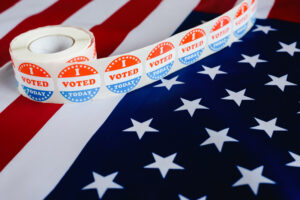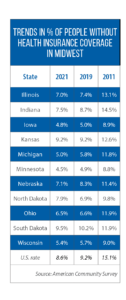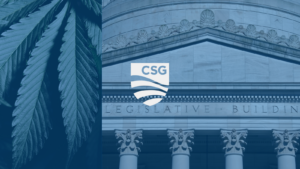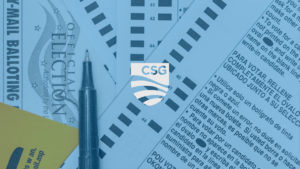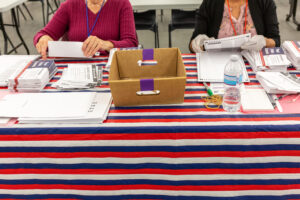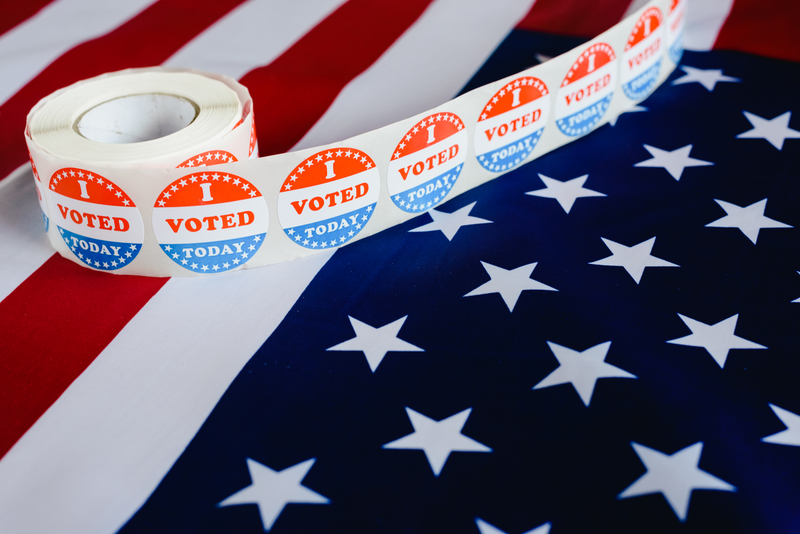
A Primary Election is an election where the political parties choose their candidates for the general election. In the general election, candidates from opposing parties face off against one another. In a primary election, candidates are nominated rather than elected. In order to be nominated by a political party, a candidate must receive at least 35% of the votes cast for that office by members of their political party and receive more votes than anybody else in their party for that race. However, in the case of how primary elections are administered, that depends on the State. States decide whether they would like a partially open, semi-closed, closed, open to unaffiliated voters, open or top two election.
Partially Open Primary
The Partially Open system allows voters to cast ballots regardless of party affiliation. Still, they must do so publicly or it may be construed as an attempt to register with the opposing party. For example, Iowa requires voters to select a party when registering to vote. Still, it permits primary voters to publicly switch parties to cast their ballot on primary election day. To identify their supporters, some state parties keep track of who votes in their primary.
States with Partially Open primaries include Illinois, Indiana, Iowa, New Jersey, Ohio and Wyoming.
Semi-closed Primary
In a semi-closed primary, Independent voters, or those without a party affiliation, may pick which party’s primary they want to cast their ballot in; however, individuals who are enrolled with a party may only cast their ballot during that party’s primary. A voter who is registered as a Democrat, for instance, may only cast their ballot in a Democratic primary. Still, a voter registered as an Independent can cast their ballot in either a Democratic or Republican primary.
States with a Semi-closed primary include Connecticut, Idaho, Maryland, North Carolina, Oklahoma, Oregon, South Dakota, Utah and West Virginia.
Closed Primary
A closed primary is an election in which only registered members of a particular political party can vote. In other words, a voter chooses either the Democratic Party or the Republican Party on their voter registration application and may only vote for members of that party.
Voters can only cast their ballots in a closed primary for the party with which they are enrolled. For instance, a Republican primary election is only open to voters who are registered as Republicans. In States with closed primaries, absentee voters are frequently required to select a party affiliation on their voter registration form to participate in the State’s primary elections.
States with a closed primary include Delaware, Florida, Kentucky, Nevada, New Mexico, New York and Pennsylvania.
Open to Unaffiliated Voters Primary
Many states restrict registered members of one party from voting in the primary of another, allowing only unattached voters to participate in whichever party primary they want. Because a Democrat cannot vote in a Republican party primary or vice versa, this system is not an actual open primary. Unaffiliated voters in New Hampshire must express their party preference at the polls to participate in that party’s primary. Unaffiliated voters in Colorado must either indicate which party they want on their ballot at the polls or return just one party’s mail ballot. Although the decision is made public, the voter’s unaffiliated status remains unchanged.
States with open to Unaffiliated Voters primary include: Arizona, Colorado, Kansas, Maine, Massachusetts, New Hampshire and Rhode Island.
Open Primary
A voter with any political affiliation is eligible to cast their ballot in an open primary for any party. For example, a voter who is registered as a Democrat has the option to cast a ballot in the Republican primary. Voters may only participate in one party’s primary and many States do not require voters to declare their political allegiance when they register to vote. The way open primaries for absentee votes are conducted varies between states. States with open primary voting include Alabama, Arkansas, Georgia, Hawaii, Michigan, Minnesota, Mississippi, Missouri, Montana, North Dakota, South Carolina, Tennessee, Texas, Vermont, Virginia and Wisconsin.
Top-Two Primary
Washington was the first State to implement a top-two primary system for state and federal elections in 2004. California adopted this strategy in 2010. In Nebraska, only state legislative elections are conducted using a top-two primary system. Partisan affiliation labels are not shown next to the names of state legislative candidates since Nebraska’s state legislature is nonpartisan. A ballot initiative establishing a top-four primary for state executive, State legislative and congressional elections was approved by Alaskan voters in 2020. Additionally, ranked-choice voting was implemented for general elections for the positions mentioned above and the presidency.
California and Washington primarily use the “top two” primary format.
Presidential Primary Rules
Regarding Presidential Primary Rules, the states thoroughly differ in the systems the states choose to use. Some states hold their State and presidential primaries on the same day; others hold the other elections weeks or months apart.
Other Primary Processes
Legislative elections in Nebraska and Louisiana share specific characteristics with top-two primaries, but they differ.
All candidates in Louisiana run on the same ticket on the day of the general election before being narrowed down to a top two. The top two then compete in a runoff six weeks after the election if no candidate earns more than 50% of the vote. One way to look at this is to suggest that there is only a general election for all candidates, with a runoff as necessary and no primary elections.
Alaska’s top-four open primary system is unique and used for state and congressional elections.
Legislators are chosen in Nebraska in a nonpartisan election. As a result, they run unaffiliated and are all listed on the same nonpartisan primary ballot. In local, nonpartisan offices around the country, this arrangement is typical.
Why is it Important to Vote in the Primaries?
Primary elections allow the voter, the chance to select from a field of candidates who your political party should ultimately nominate to run in the general election. Based on voter turnout and primary results, parties may redesign their election strategy and allocate more or less attention and resources towards certain demographics, states and issues which can serve to moderate the outcomes.



